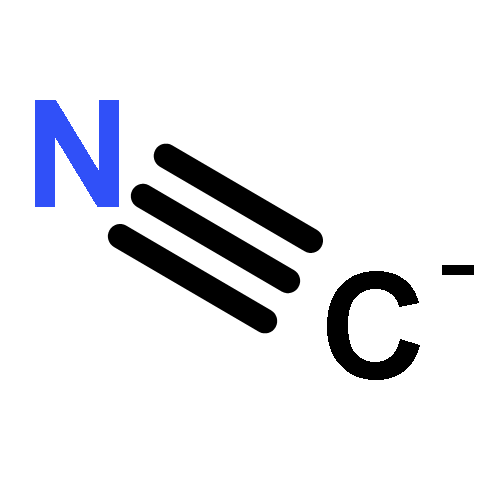Co-reporter: Haibo Yu, Qin Zhao, Zhongxing Jiang, Jingui Qin, Zhen Li
pp: 110-116
Publication Date(Web):30 June 2010
DOI: 10.1016/j.snb.2010.04.038
A new ratiometric fluorescent cyanide chemosensor, N-2-anthracenyl trifluoroacetamide was designed and synthesized, in which the anthracene moiety acted as a fluorophore and trifluoroacetyl group as the cyanide acceptor. Compared with other reported trifluoroacetamide derivative-based cyanide chemosensors, N-2-anthracenyl trifluoroacetamide exhibits a better cyanide probe with higher sensitivity.
Co-reporter: Xiaohong Cheng, Yue Zhou, Jingui Qin, and Zhen Li
pp: 2133
Publication Date(Web):March 2, 2012
DOI: 10.1021/am3001083
Taking advantages of both the well-known azobenzene structure and the special nucleophilicity of cyanide toward the acceptor moiety, a new ratiometric colorimetric chemodosimeter (Azo-1) toward cyanide anion was designed and synthesized by using intramolecular charge transfer (ICT) as a signaling mechanism. Upon the addition of CN– anion, the probe displayed apparent color changes from deep red to light yellow, which could be observed by naked eyes. With the aid of the UV–vis spectrometer, the detection limit could be as low as 1.1 μM. The probe possessed high selectivity for cyanide with respect to other common anions. In addition, Azo-1 could serve as practical colorimetric probe for “in-the-field” measurements that would not require any additional equipment by virtue of “dip-sticks” approach.Keywords: chemodosimeter; colorimetric; cyanide; high selectivity; intramolecular charge transfer; reaction-based;
Co-reporter: Xiaohong Cheng, Runli Tang, Huizhen Jia, Jun Feng, Jingui Qin, and Zhen Li
pp: 4387
Publication Date(Web):July 20, 2012
DOI: 10.1021/am3010412
Taking advantage of the special nucleophilicity of cyanide, a new ratiometric fluorescent and colorimetric probe (Coum-1) was designed by tuning the π–conjugated bridge to affect the intramolecular charge transfer efficiency. Upon the addition of CN– anion, the probe displayed very large blue-shift in both fluorescence (90 nm) and absorption (90 nm) spectra, with the detection limit of 800 nM. Other anions gave nearly no interference. Furthermore, Coum-1 was successfully applied to the fluorescent microscopic imaging for the detection of CN– in HeLa cells.Keywords: cell imaging; cyanide; intramolecular charge transfer; probe; ratiometric fluorescent; reaction-based;
